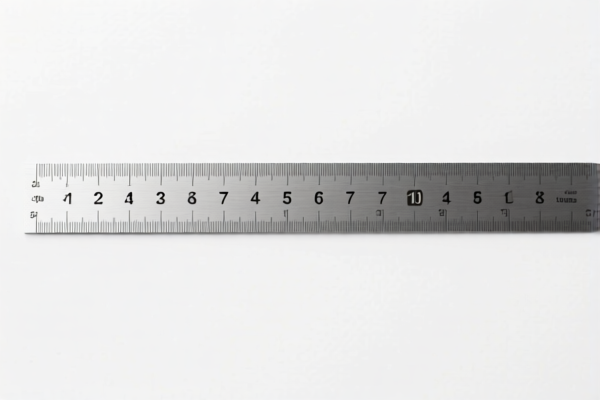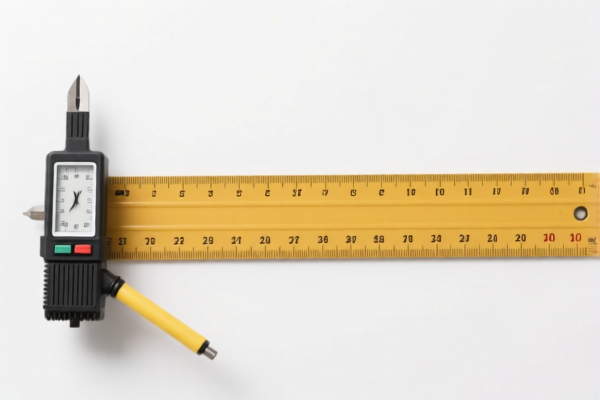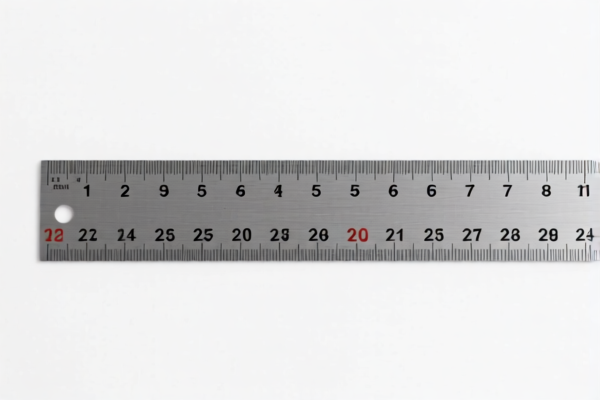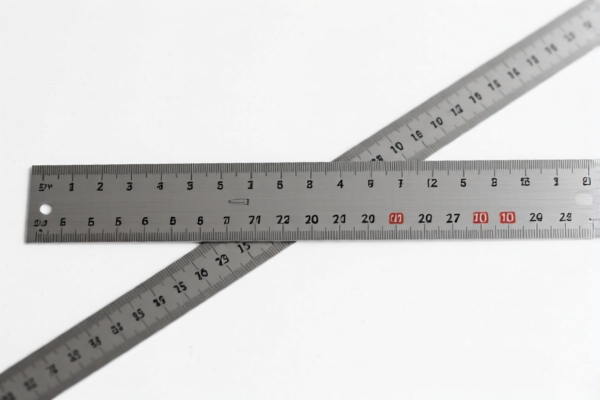| HS Code | Official Doc | Tariff Rate | Origin | Destination | Effective Date |
|---|---|---|---|---|---|
| 9017208040 | Doc | 59.6% | CN | US | 2025-05-12 |
| 9017208080 | Doc | 59.6% | CN | US | 2025-05-12 |
| 9031905900 | Doc | 55.0% | CN | US | 2025-05-12 |
| 9031497000 | Doc | 55.0% | CN | US | 2025-05-12 |
| 4911914040 | Doc | 37.5% | CN | US | 2025-05-12 |
| 4911998000 | Doc | 37.5% | CN | US | 2025-05-12 |
| 4906000000 | Doc | 37.5% | CN | US | 2025-05-12 |
| 9017800000 | Doc | 60.3% | CN | US | 2025-05-12 |




Positioning Ruler
A positioning ruler is a measuring tool used in a variety of applications, primarily for accurately marking or transferring measurements. It differs from standard rulers in its emphasis on precise placement and often incorporates features for holding a consistent distance.
Material:
- Metal: Stainless steel is common due to its durability, resistance to bending, and ability to maintain accuracy. Aluminum alloys are lighter but less rigid.
- Plastic: Acrylic or other robust plastics are used for lower-cost options, often in applications where flexibility is desired.
- Wood: Less common now, but historically used, particularly in drafting applications.
Purpose:
The primary purpose is to establish or verify distances and positions. This is critical in fields requiring accuracy like:
- Drafting & Technical Drawing: Precisely placing lines, dimensions, and features.
- Woodworking: Marking cut lines, establishing consistent spacing for joinery, and checking alignment.
- Construction: Layout work, ensuring correct positioning of elements.
- Sign Making/Graphic Arts: Positioning elements for cutting, applying vinyl, or other processes.
- Photography: Aligning objects within a frame or for specific compositions.
Function:
Positioning rulers function by providing a stable, calibrated edge for:
- Direct Measurement: Similar to a standard ruler, but often with finer graduations.
- Transferring Measurements: Accurately moving distances from a drawing or reference point.
- Establishing Parallel Lines: Some rulers incorporate features for drawing lines at a consistent distance from an edge.
- Holding a Fixed Distance: Certain designs are specifically built to maintain a set distance between two points.
Usage Scenarios:
- Layout of electrical boxes in construction.
- Marking precise cut lines on wood for furniture building.
- Creating evenly spaced lines for lettering or design.
- Aligning images or objects for photography or graphic design.
- Drafting architectural plans.
- Vinyl decal application requiring precise spacing.
Common Types:
- Straight Edge Ruler: A basic ruler with a calibrated edge, often made of metal. Used for general marking and measurement.
- T-Square Ruler: Features a 'T' shape, allowing for drawing perpendicular lines and checking right angles. Often used with a straight edge ruler.
- Combination Square: A versatile tool combining a ruler, miter square, and level. Useful for marking angles and depths.
- Adjustable Positioning Ruler: These rulers allow the user to set a specific distance between two points, maintaining that distance while moving the ruler. Useful for repetitive layouts.
- Parallel Rule: Consists of two parallel metal blades connected by a hinge, allowing for drawing parallel lines at any desired distance. Primarily used in drafting.
- Drafting Triangles: Used in conjunction with rulers to draw angles and create precise geometric shapes.
- Notched Ruler: Features notches at regular intervals for quick and accurate marking of specific distances.
Based on the provided information, “positioning ruler” can be classified under the following HS codes:
-
9017800000: Drawing, marking-out or mathematical calculating instruments; measuring instruments and instruments for checking dimensions (including rulers, tapes, squares and levels), not specified elsewhere.
- 90: Optical, precision, measuring, checking, navigation, and industrial instruments.
- 17: Instruments and apparatus which measure or check length, dimension, surface or angle.
- 800000: Other. This encompasses a broad range of measuring instruments not specifically categorized elsewhere, including rulers, tapes, squares, and levels.
-
9017208080: Drawing, marking-out or mathematical calculating instruments; instruments for measuring length, for use in the hand (for example, measuring rods and tapes, micrometers, calipers), not specified or included elsewhere in this chapter; parts and accessories thereof: Other drawing, marking-out or mathematical calculating instruments: Other.
- 90: Optical, precision, measuring, checking, navigation, and industrial instruments.
- 17: Instruments and apparatus which measure or check length, dimension, surface or angle.
- 208080: Other drawing, marking-out or mathematical calculating instruments: Other. This category includes various drawing and marking instruments not specifically listed.
-
4911914040: Other printed matter, including printed pictures and photographs: Other: Pictures, designs and photographs: Printed not over 20 years at time of importation: Other: Other Other.
- 49: Printed books, maps and newspapers; printed music and pictorial sheets.
- 11: Other printed matter, including printed pictures and photographs.
- 914040: Other: Pictures, designs and photographs: Printed not over 20 years at time of importation: Other: Other Other. This applies if the positioning ruler is printed with designs or photographs and was imported within the last 20 years.
Regarding HS code 9017800000, please note that it covers a wide range of measuring instruments. It is important to verify the specific material and function of the positioning ruler to ensure accurate classification.
Customer Reviews
No reviews yet.